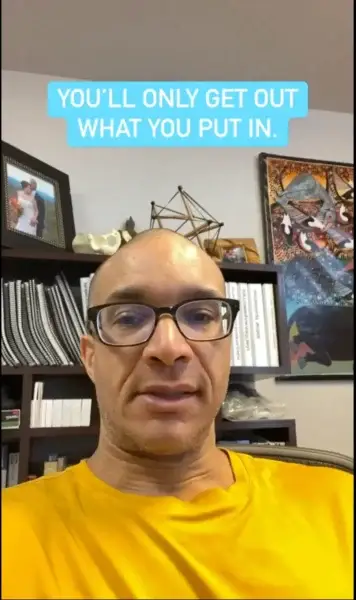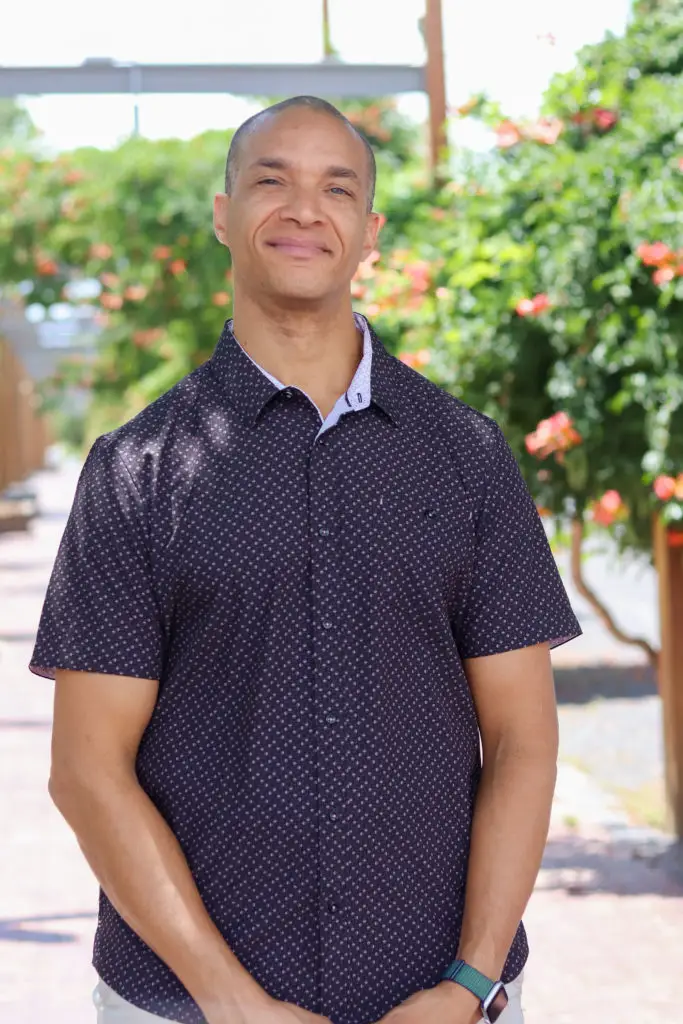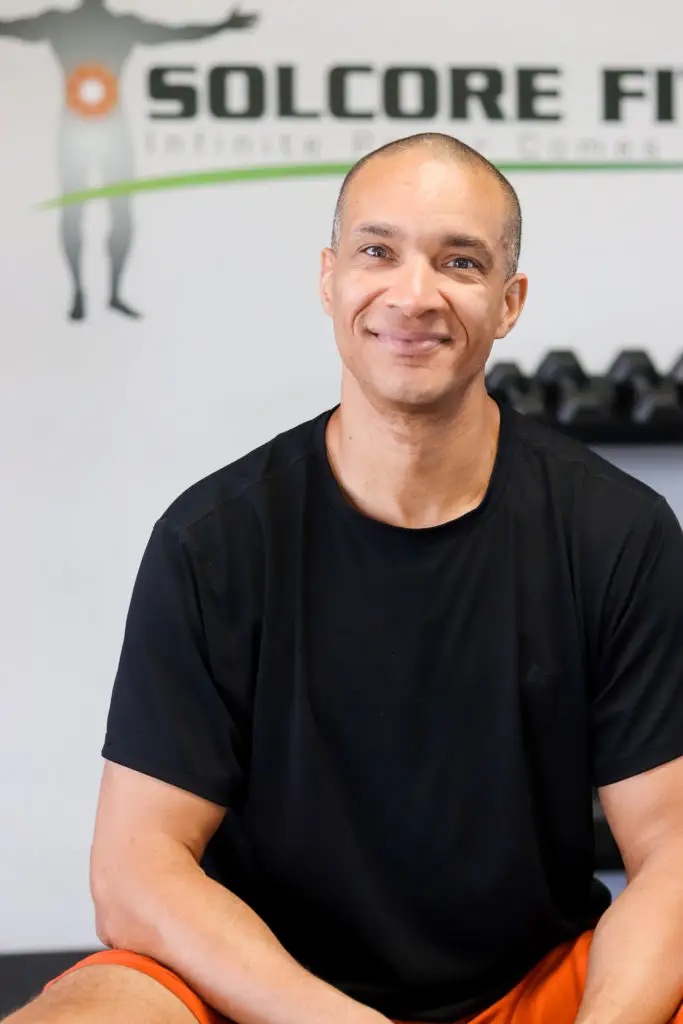
In all my years of coaching, there’s one truth that applies across the board—whether in fitness, career, relationships, or life: you get out what you put in.
It sounds obvious, but it’s where most people get stuck. They have a genuine desire for change—better health, less pain, more strength, more mobility—but they treat that desire like it’s enough on its own. They dabble in random workouts. They jump from fad diet to fad diet. They hope for transformation but never take the steps to make it truly possible.
The result? Frustration, stagnation, and often, regret.
Let’s talk about what it really means to get out what you put in—and how to apply this philosophy so your health and fitness ambitions finally move beyond wishful thinking.
Step 1: Flesh Out Your Desire
The first step is knowing what you really want—not just “I want to be healthier” or “I should work out more.” Those are vague ideas.
Instead, get specific:
- “I want to hike without knee pain by summer.”
- “I want my posture to improve so I’m not rounding my shoulders at my desk.”
- “I want to build enough core strength to support my lower back for daily activity.”
Why? Because without clarity, you can’t create an effective plan—and your brain lacks the focus to stay on course.
In the [HOLISTIC EXERCISE AND FITNESS PROGRAM], we start every client with this kind of goal clarification. It’s the difference between wandering around the gym trying machines and doing targeted fascia-based exercises with a purpose.
Step 2: Choose the Right Actions for Your Goal
Once you know what you want, you need to choose the appropriate steps to get there.
Too many people try to skip this step or fill it with random activity:
- They want spinal mobility but spend most of their workouts on stationary cardio
- They want to fix joint pain but ignore the fascia and postural pattern causing it
- They want strength but focus on high-intensity work their tissues can’t yet support
The truth is, the right actions are rarely random. They are precise, structured, and non-negotiable.
Think of it like gardening. If you want tomatoes, you don’t plant whatever seeds you find in the shed and hope. You plant the right seeds, in the right place, at the right time—and care for them with consistency.
Step 3: Avoid the “Randomness Trap”
Without a plan, you’re leaving your results up to chance—whatever the “universe” throws your way, as I like to say. And in fitness, “random” usually leads to:
- Lack of progress because inputs don’t match your goals
- Overuse or injury from applying too much stress in the wrong way
- Growing frustration from “working hard” with nothing to show for it
This is why hopping between viral TikTok workouts or YouTube routines can be dangerous. They’re not bad in themselves—but they’re not built for you.
Step 4: Understand the Frustration Cycle
Here’s what often happens:
- You feel a strong desire to change—maybe stronger than ever before.
- You try to act, but without a focused plan.
- Progress is slow or nonexistent.
- You get frustrated because the desire is still there but you’re no closer to the goal.
This mismatch between wanting and achieving doesn’t just make you impatient—it can sour your whole experience of health and fitness.
In my coaching, I emphasize that this frustration isn’t proof you can’t succeed—it’s a signal you need better direction and consistency.
Step 5: Frame the Work Properly
You should never see your training, nutritional discipline, or mobility work as “torture.” That mindset will kill your commitment and enthusiasm.
Instead, view your plan as:
- The vehicle to your goal
- A system that removes guesswork
- An investment that’s for you, not against you
Even the challenging parts become easier to handle when you connect them directly to your deeper goal. A corrective posture exercise might be uncomfortable, but if you know it’s the key to hiking without back pain, it feels meaningful.
Step 6: Commit to the Program
Once you know what you want and have the right plan, the rest comes down to this: work your program.
Show up. Put in the reps. Keep the promises to yourself even when you’re tired, busy, or not “feeling it.”
This doesn’t mean going to extremes—it means showing consistent respect for the process. Skipping corrective exercises for weeks and then expecting your fascia to remodel is unrealistic; the tissue learns only from repeated, intentional input.
Step 7: Responsibility is Power
In the end, it’s your responsibility. If you invest the time, money, attention, and energy into your health, you’ll see the return. If you don’t, you’ll get whatever default outcome a lack of action delivers—and those are rarely the results you want.
Owning that truth isn’t about guilt—it’s about freedom. Because if you’re in control of what you put in, you’re also in control of what you get out.
Real Client Example: Brian’s Breakthrough
Brian came to SolCore with chronic neck and hip stiffness. He was committed, but his approach before working with us was scattered—some gym machines, the occasional yoga class, whatever sounded good that week.
Once we clarified his goals and gave him a fascia-based corrective sequence, Brian stuck to it for twelve straight weeks. Not once did he skip a session—even when the exercises felt awkward. Within three months, his pain dropped dramatically, his posture improved, and his flexibility returned.
The difference? Clarity, the right actions, and showing up—every time.
Key Takeaways: How to Get Out What You Put In
- Be crystal clear on your goals—make them specific and meaningful to you.
- Choose appropriate, not random, actions that directly align with those goals.
- See frustration as feedback to adjust, not a reason to quit.
- Commit long enough for your body—and especially your fascia—to adapt.
- Remember: responsibility for your results is yours alone.
Call to Action
Your health and fitness results are never an accident—they’re the compound interest of what you put in every day.
If you want help clarifying your goals, building the right actions, and staying accountable, the [HOLISTIC EXERCISE AND FITNESS PROGRAM] is designed to give you structure, progression, and measurable change.
Start putting in what it takes, and watch what comes back to you.
It’s not just working out, it’s building a foundation for a better life.
Find out more @






